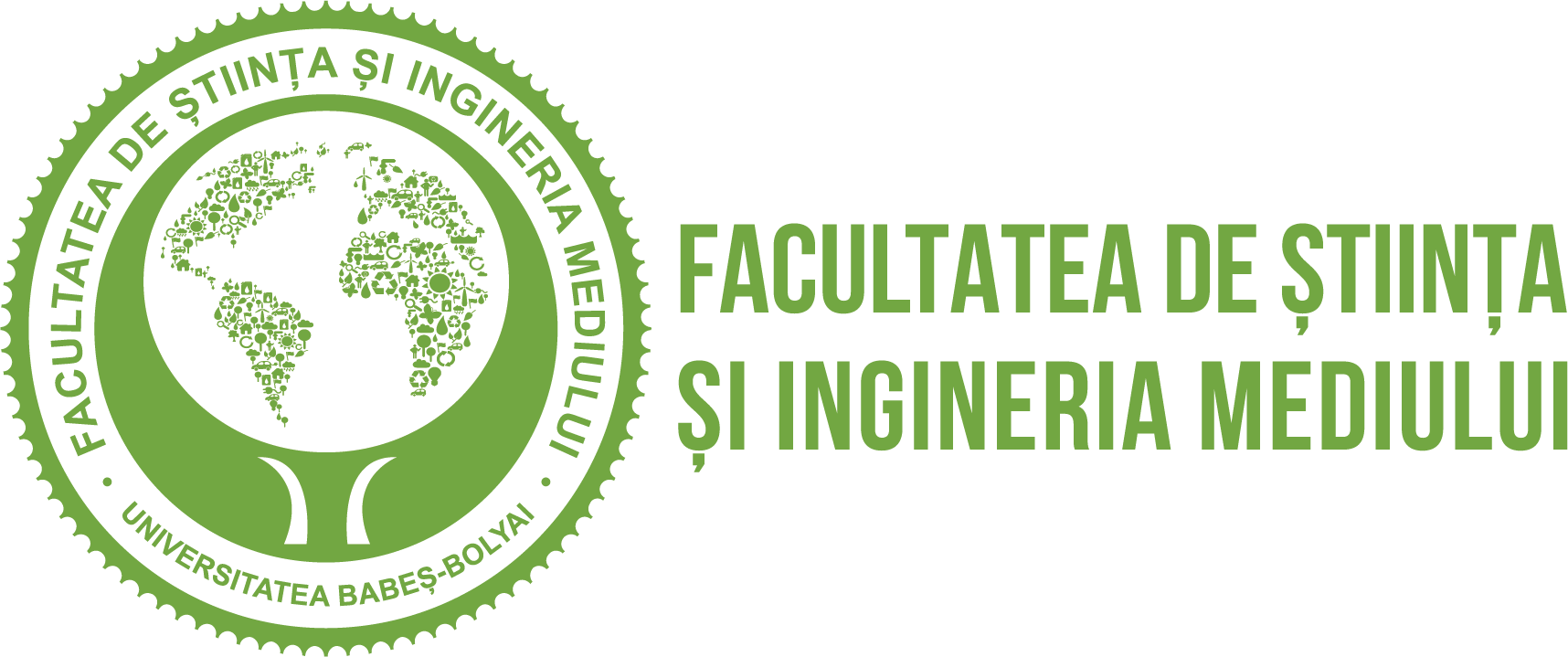
Increasing the accuracy in estimating the annual radon concentration by analyzing the parameters with impact in temporal variations
FINANCING PROGRAM
Romanian National Authority for Scientific Research and Innovation, UEFISCDI
DURATION OF THE PROJECT
15.05.2022 – 14.05.2024
PRINCIPAL INVESTIGATOR:
Lector dr. Tiberius Dicu
GENERAL DESCRIPTION
The main objective of this project is to develop a methodology able to assist delimit the MLI-AIRC. As a secondary objective, the elaboration of temporal correction factors for the workplaces will be achieved by using both integrated and continuous methods. The simultaneous measurements of the radon concentration at workplaces and in residential buildings will allow filling existing gaps in the European Directive 2013/59/Euratom, identified by the scientific community. A third objective, which comes as a complement to the previously two, refers to the adaptation of existing devices for continuous measurements of radon in soil, respectively the exhalation rate.
The relevance of this project is supported by its interdisciplinary and multidisciplinary character, as well as scientific and academic potential impact of the chosen theme. Firstly, temporal correction factors correlated with the building type (residential and workplace) and especially with MLI-AIRC will decisively contribute to improving the accuracy of the AIRC assessment of indoor radon concentration which will lead to accurate decision making. Concerning the scientific impact, the study will highlight new ideas by filling crucial gaps in the existing methodology for annual radon concentration assessment. Consequently, the impact of the project has the potential to bring the necessary scientific evidence to make an update to EC Directive 2013/59/Euratom. The originality of the proposed project will be attained using the complementary measurements as a surrogate for the seasonal variability of the radon concentration, thus resulting in a reduction of the uncertainty associated with TCF. Secondly, as a result of continuous measurements of radon in the soil gas, along with environmental parameters, the modelling of their variations over time will generate the necessary basis for the application of new projects in the direction of current international concerns, such as the use of radon as a precursor of earthquakes.
EXPECTED RESULTS
- A methodology for defining MLI-AIRC with the indication of the factors necessary to be monitored at the same time as radon to increase estimation accuracy – 1 Q1 article;
- A database with TCF monitored in residential buildings and workplaces, by continuous and integrated methods – 1 Q2 article;
- Correlation of the results provided by continuous indoor radon measurements with those obtained in the soil gas and of the exhalation rate, considering the impact of environmental parameters – 1 Q1 article;
- An interactive mobile application for informing the participants about the measurements performed and radon risk awareness;
- Guides with recommendations for potential beneficiaries on indoor radon exposure.
For more information, please visit the project website: moliair.granturi.ubbcluj.ro

